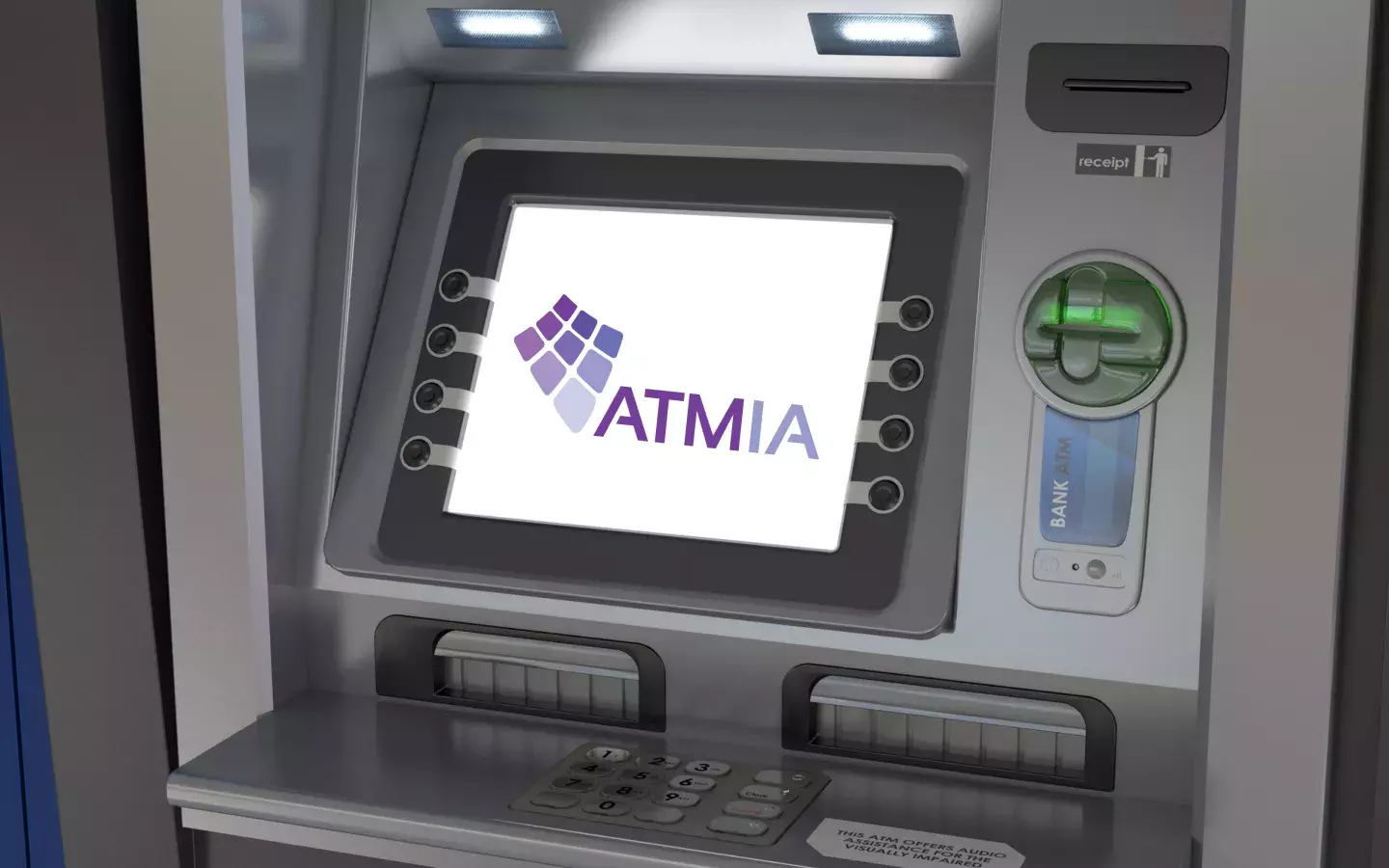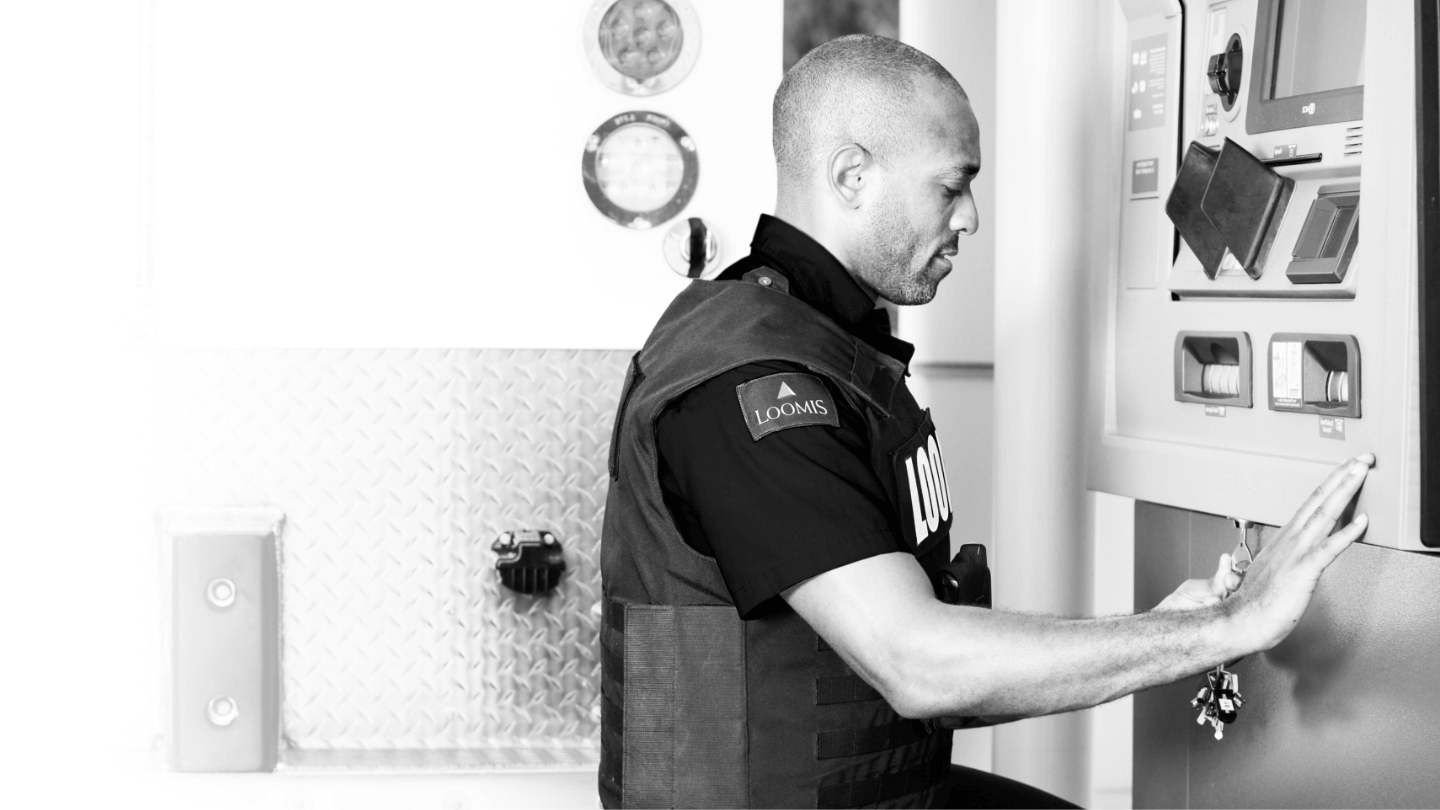Five Trends Impacting the ATM Industry According to the ATMIA

From cashless retail bans to the digital payment evolution and payment rights, there is more newly proposed state and federal legislation impacting the future of the ATM industry today. To learn more, Loomis US recently interviewed the Executive Director of USA, Canada and Americas, David Tente from the ATM Industry Association (ATMIA) to discuss five trends that are impacting and shaping the future of the ATM industry.
1. Cashless Retail Bans.
The COVID-19 pandemic increased the amount of retail locations that banned cash due to the fear of cash transmitting the virus, and while this myth was quickly debunked, some retailers maintain cashless locations. The digital payment evolution and credit card companies has created a “war on cash,” says Tente. Cashless retail establishments exclude a large amount of the population that may not have access to digital payment options, or those who prefer to pay with cash.
“If a retail establishment doesn’t have cash as a payment option, you're not only disenfranchising a big group of people, but you're also taking away one of the payment options that consumers have a right to use,” says Tente.
Today, 15 states have already introduced legislation to ban cashless retail due to it being unfair. There is also talk of the Payment Choice Act being presented to congress again which would mandate all retail businesses accept cash as a valid form of payment. It would also make it unlawful for a person to post signs or notices stating that cash payment is unaccepted or charge a higher price to a customer who pays by cash.
2. Banking Fairness Rule.
The Office of the Comptroller of the Currency (OCC) is planning on establishing a new banking fairness rule which states that, “banks should conduct risk assessments of individual customers, rather than make broad-based decisions affecting whole categories or classes of customers, when providing access to services, capital, and credit.”
“Banking services have to be provided on a fair basis, and if you're going to deny somebody service, there should be a quantifiable risk-based assessment and reason for denial,” says Tente. “This rule means that banks can’t take a broad brush and assume an industry is too risky to do business with.”
Tente says commonly denied businesses that are presumed risky include gun stores, pawn shops, and independent ATM operators.
“The top five or six banks in the country have the broadest footprints with their branches, and we have a lot of independent ATM operators that use them for vault cash services. When they don't have access to those services, it creates a problem for their business,” says Tente. “There has to be a credit-based evaluation of a potential customer before you can deny them credit or services.”
Currently, the publication of this rule is on hold to allow the next confirmed Comptroller of the Currency to review the final rule and the public comments the OCC received as part of an orderly transition. The Banking Fairness rule could be published in the next few months.
3. New ATM Legislation.
The ATMIA is mostly involved at state-level because that is where most new ATM legislation is being proposed. Some of the proposed legislation includes ATM fee caps, licensing and registration for non-bank ATM terminals, and overdraft fee legislation that requires the ATM to notify consumers if they are going to overdraft their account.
One of the more controversial proposals is currently coming out of New York. They are proposing to eliminate ATM fees associated with EBT (Electronic Benefits Transfer) card withdrawals.
“There are many unintended consequences of this legislation,” says Tente. “We will most likely see ATMs stop accepting EBT cards for cash withdrawals, and in return, it hurts consumers who are depending on cash to pay their monthly bills and expenses.”
4. Increased Penalties for ATM Crimes.
Another important effort the ATMIA is putting their support behind is increased penalties for ATM crimes. Due to lockdowns from the COVID-19 pandemic, ATM crimes are on the rise including vandalism, physical attacks and fraud-based attacks like the use of black boxes. However, the penalties for these crimes can range drastically based on location and usually at the local level. For example, someone could steal a candy bar from a grocery store or $10,000 from an ATM and be charged with petty theft in some places.
“It is important to the ATMIA that we continue talking about ATM penalties,” says Tente. “It’s really challenging unless some federal minimums are put in place regarding ATM crimes.”
Despite ATM penalties being decided at the local level, there are many situations like organized crime rings or when someone crosses state lines after committing an ATM crime, that the federal government gets involved. According to Tente, in most of these situations they are federally prosecuted and have more severe punishments for the crimes.
5. The Future of Digital Currency and the Role of Cash Today.
According to Tente, the ATMIA has been hearing a lot about central banks and the Fed creating and implementing digital currency. Many of the recent proposals include opening free accounts for anyone so they can draw on unemployment benefits, stimulus payments, and potentially other disaster relief funds as applicable.
“In recent years, there is a large group of the population that have built a sense of distrust around the government and banks,” says Tente. “The ATMIA argues that this population is not going to open up a bank account that's owned by the government.”
More than 26 percent of the U.S. population is unbanked, meaning they don’t use any banking services at all, or underbanked, meaning they might have a checking account, but they do not use any lending services. It is important for the ATMIA to continue to support efforts to accept cash as a payment option to account for the unbanked or underbanked.
Cash is still king according to Tente. Cash makes up 60 percent of payments that are under $10, and it's about 25 percent of payments from $10 to $20. “There's a lot of lot of good reasons to have some cash on-hand as well as businesses of all types to accept cash,” says Tente. “Cash will always work when the electricity goes out, or if a restaurant’s network is down and not accepting credit cards. You can't say that’s always true with the electronic payments.”
Cash can’t be replaced without sacrificing payment options for the part of population that still likes to use cash, or the group that has hesitancy around government-owned bank accounts. This hesitancy and distrust in conjunction with the unbanked and underbanked part of the population means cash will remain king.
About the ATMIA
The ATM Industry Association, originally the ATM Owners Association, was established in 1997 in the United States as a global nonprofit trade association to service an industry that built around the global growth of the ATM.
Find out how we can help with your cash management.
Contact Us